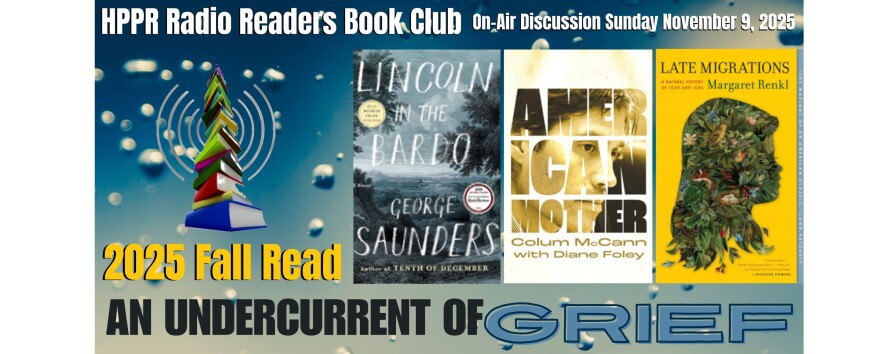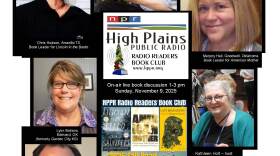Hello, Radio Readers. I’m Jane Holwerda. Our Fall 2024 Read: Through the Eyes of a Child, begins with a book that has entertained generations for almost 160 years. Continuously in print, translated into 174 languages, adapted for theatre, opera, ballet and film, an influencer of musicians and writers in our own time: the book is of course, Alice’s Adventures in Wonderland.
First published in 1865, this classic recounts part of a day in the life of a seven-year-old girl. Sitting outdoors, Alice is bored, with nothing to do, when she sees a rabbit, wearing a weskit and lamenting the time, as it bounds past. Alice decides to follow; not so much because the rabbit is clothed as if a Victorian gentleman, not because he’s spoken aloud, but because he pulled a watch from his vest. She follows the rabbit, plunging into a hole through which she falls and falls, falls for so long she wonders if she will eventually fall through the earth, then eventually landing, just in time to see the rabbit scurrying ahead. And so, Alice’s adventures begin, and we readers are introduced to Wonderland, a world very little like the world Alice inhabits above ground. In this underground world, caterpillars offer advice, a grinning cat offers wisdom, lobsters dance quadrilles, turtles sing, and face cards – you know from a deck of playing cards—govern.
Alice’s adventures are organized by chapters, facilitated by her wandering from place to place. And, as any explorer in an unfamiliar geography, Alice struggles to fit, but in this scenario, to first fit physically, through doors and within houses. Thanks to concoctions gratuitously available to her, she is able to shrink to a few inches in height or expand to several hundred feet as needed to enter or exit a scene. Once managing the material world and her size within it, she finds fitting in socially with others a great challenge which she can’t seem to surmount. Conversations are stymied by tautologies and literal-mindedness, apparatuses for the humor in Wonderland, for sure. You must be crazy-mad if you are here, she is told, for everyone here is mad, and here you are. Directed to take more tea, Alice notes she can’t take more as she’s neither been offered nor ingested anything. And her host replies, “You mean you can’t take less….it’s very easy to take more than nothing!” Having no good reply to this, Alice serves herself, then soon departs, wandering and wondering.
A phrase Alice repeats throughout her wandering is “Curiouser and curiouser,” a phrase original to this work, and one readers understand to mean that the longer we linger, the stranger is Wonderland, strange and inexplicable, unexpected yet beautiful, a source to stimulate curiosity. Alice has moments. She thinks, “It was much pleasanter at home….when one wasn’t always growing larger and smaller and being ordered about by mice and rabbits. I almost wish I hadn’t gone down that rabbit hole—and yet—and yet—it’s rather curious, you know, this sort of life…there ought to be a book written about [it]…”
Going down the rabbit hole…for Alice an entry to adventure and wonder and even the foundation for a book. It’s a phrase in use today, all these many decades. And yet, and yet….does “going down the rabbit hole” nowadays mean to encourage us to paths of curiosity, imagination, and creativity, to celebrate such choices?
Are we encouraged that we will eventually get somewhere, as Alice’s Cheshire Cat says, if we walk long enough?
For HPPR Radio Readers, I’m Jane Holwerda in Dodge City, Kansas.










